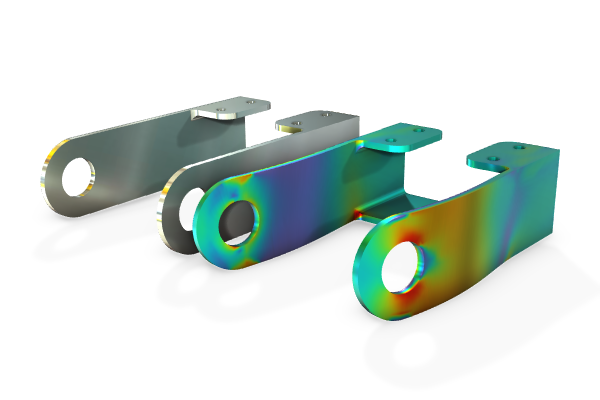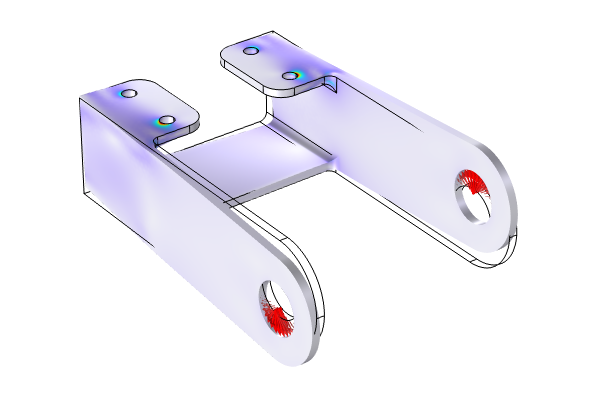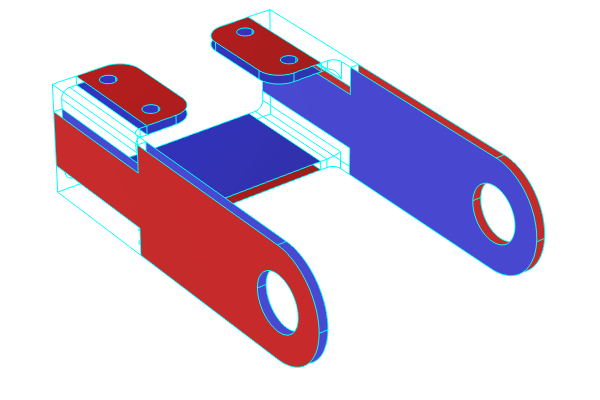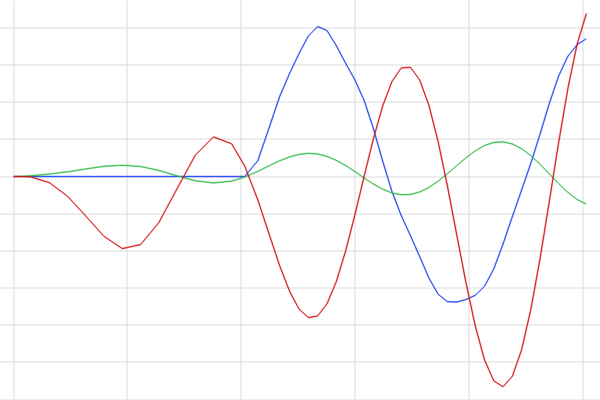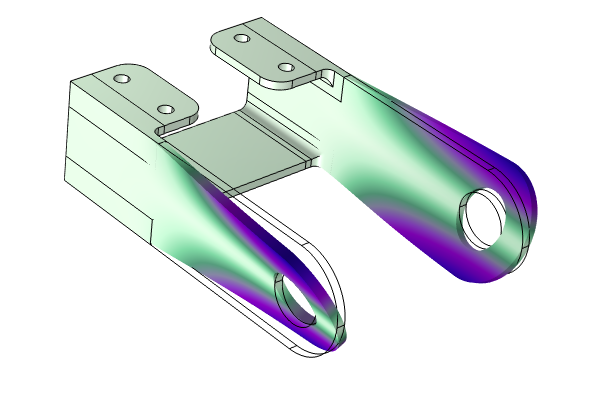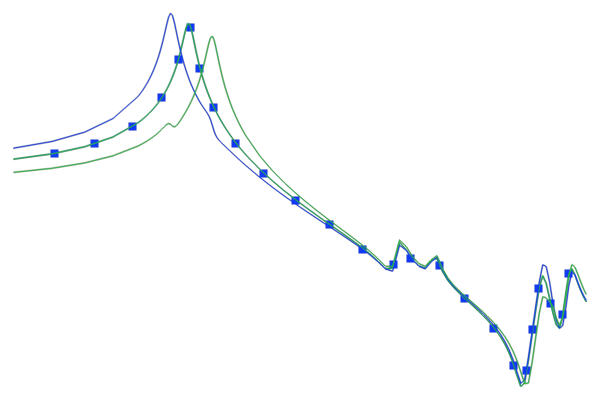Basics of Eigenfrequency Analysis in Structural Mechanics
Part 4 of this course focuses on how to perform an eigenfrequency analysis. We begin with an introduction to this type of analysis in general and the different preset study types available in the software for performing it. We then complete a step-by-step model build of this type of application.
Discussion & Demo: Eigenfrequency Analysis
The eigenfrequencies, or natural frequencies, of a system are the discrete frequencies at which a structure is prone to vibrate without an external load. In this video, we begin by discussing the concept and physical meaning of eigenfrequencies and eigenmodes. We also discuss damping effects in a model and how eigenfrequency problems can be solved with or without damping. Lastly, we outline the multiple study types available for prestressed analysis and the steps each preset study consists of.
Next, we explore how a preload affects the natural frequency and mode shape of a structure. This type of study is accomplished through first performing an eigenfrequency analysis and then using the results to refine the study setting when performing the prestressed, eigenfrequency analysis. You can follow along in the software by opening the basic bracket model in the Application Libraries (found under Structural Mechanics Module > Tutorials).
During the demonstration, we add a boundary load to the model and discuss the options for the coordinate system selection setting (also covered in the demo in Part 1). We explain the logic behind updating the setting to Boundary System and making further changes in the Boundary System node settings under the Definitions node, namely changing the Frame setting to Reference configuration.
Further Learning
For more information on eigenfrequency analysis and further practice with conducting this type of study, see the following resources:
- Blog post: "Tracking Eigenmodes over Parametric Sweeps" (keep track of and categorize modes in eigenfrequency studies)
- Learning Center article: "Tracking Eigenmodes In Parameter Sweeps" (categorize eigenmodes using the mode overlap integral)
- Tutorial model: Eigenfrequency Analysis of a Free Cylinder (calculate eigenfrequencies and mode shapes)
- Cyclopedia: Eigenfrequency Analysis (a comprehensive, in-depth introduction to this study type)
请提交与此页面相关的反馈,或点击此处联系技术支持。

